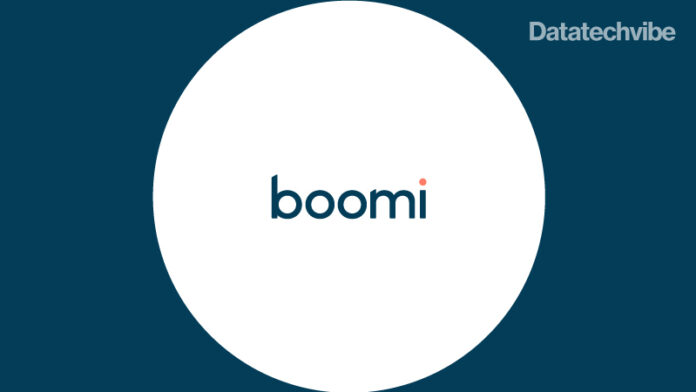These patents boost Boomi’s total patent number to 36, underscoring the company’s commitment to innovation.
Boomi, an intelligent integration and automation company, announced that it has been granted two new patents by the United States Patent and Trademark Office (USPTO) in the field of Artificial Intelligence (AI). These patents boost Boomi’s total patent number to 36, underscoring the company’s commitment to innovation and its ongoing efforts to push the boundaries of AI advancement.
Ed Macosky, Chief Product and Technology Officer at Boomi, said, “Our patent award for ‘Artificial-Intelligence-Assisted Construction of Integration Processes’ stands as a notable innovation in the domain of integration platform as a service (iPaaS), and is a testament to the hard work and dedication of our talented team of engineers, scientists, and innovators. The contributions through this patent fundamentally challenge the existing paradigms inherent when constructing integration processes. Before this innovation, the construction of integration processes largely relied on the user’s expertise and manual inputs using a drag and drop UI, which could be time-consuming and prone to errors, especially for those new to the platform. This AI-driven approach has transitioned construction of integration processes to an intelligent, predictive, and guided task.”
Macosky added, “Achieving these patents reaffirms our commitment to continuous innovation and underscores our position as a leader in the industry. We are excited about the potential impact our AI patents will have for our customers and partners, and we look forward to continuing our mission of driving transformation through intelligent integration and automation.”
The newly granted U.S. Patent No. 11,886,965, titled “Artificial-Intelligence-Assisted Construction of Integration Processes,” encompasses the underlying technology of features that allow Boomi’s customers to build integrations based on Boomi suggestions, including Shape Suggest, Quick Start, and more recently, Boomi AI. This innovation addresses the steep learning curve that users, both novice and expert, face when constructing integration processes on an integration platform.
Employing machine learning models – based on a Markov chain or various forms of graph neural networks – facilitates a predictive guidance system for users, enhancing the efficiency and effectiveness of constructing integration processes.









